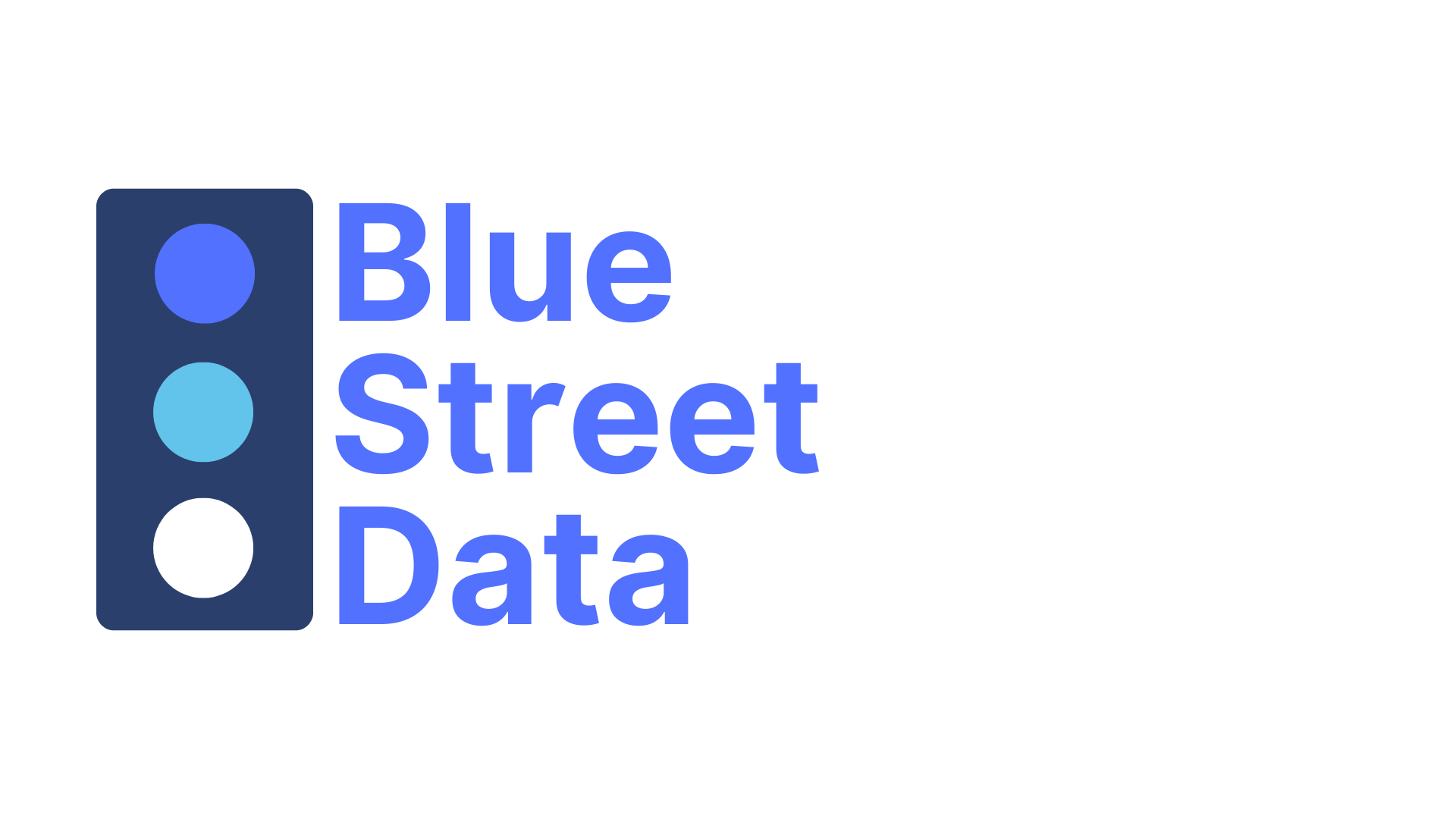In Q1 of 2023 alone, the four largest U.S. lenders wrote off $3.4 billion in bad consumer loans. That level of risk is avoidable—with better data.
Relying only on what applicants provide or what’s in your internal systems isn’t enough. Without third-party validation, financial institutions risk lending to the wrong people—and missing out on deserving borrowers with thin credit files.
🧠 External data helps institutions assess creditworthiness with greater confidence, accuracy, and reach.
Why External Data Sharpens Credit Decisions
With third-party data layered into your credit evaluation process, you can:
✅ Validate applicant income, employment, and debt obligations in real time
✅ Expand access to credit for applicants with limited history
✅ Reduce loan defaults by spotting early red flags
✅ Build more accurate credit risk scores using verified external data
✅ Improve underwriting decisions while boosting revenue and inclusivity
How It Works
🔹 Combine applicant-provided info with verified external data like payment history, income, or utility bills
🔹 Train machine learning models to flag risky applications or identify high-potential borrowers with limited credit history
🔹 Incorporate real-time economic and market data to adjust lending criteria dynamically
🔹 Automate data checks across public records, rental payments, and third-party credit reports
Real-World Impact: Broader Credit Access with Less Risk
Most major lenders use external credit bureaus to verify credit scores and histories—but the next frontier is expanding that scope. By using alternative third-party data, financial institutions can serve more people while lowering default rates.
📩 Want to make smarter lending decisions with better data?
Let’s talk about how Blue Street Data can connect you to the most relevant third-party sources to upgrade your creditworthiness assessments.
👉 Talk to a Data Expert
—
